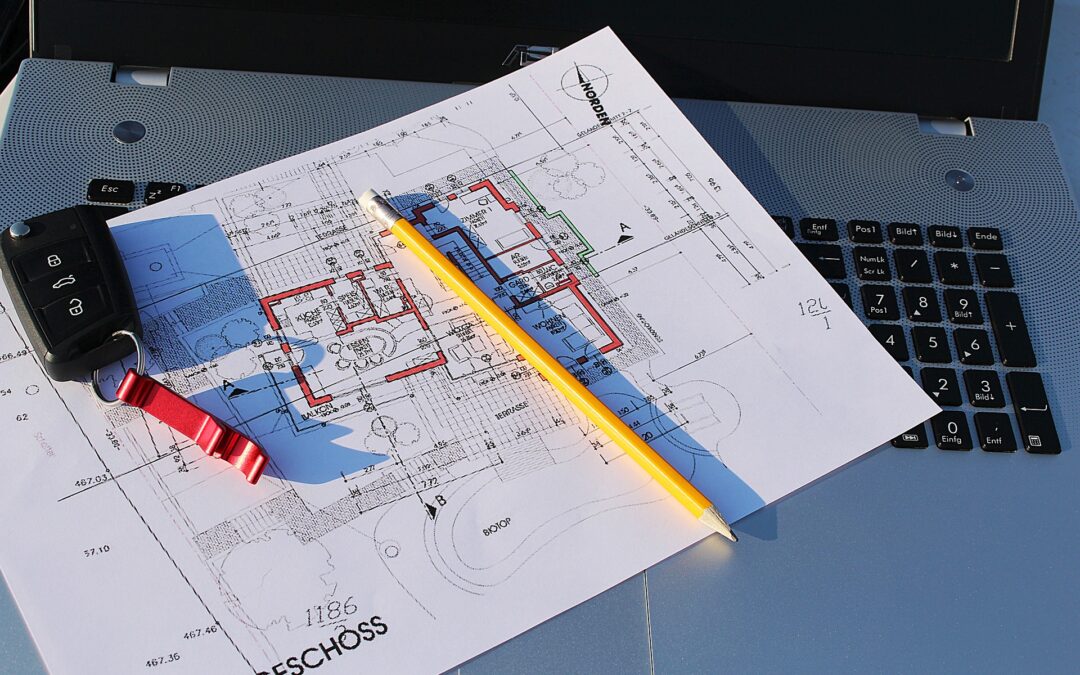Profit calculations can be challenging for specialty trade contractors. However, these difficulties have nothing to do with your ability to run a business. Construction projects have many variables, and expectations and plans change continuously.
As a specialty trade contractor, accounting often takes a back seat to other aspects of the job. However, good construction management software allows you to focus on the hands-on aspects of your projects without sacrificing the financial insights that can make your operation more profitable.
Here is a closer look at calculating job profitability, increasing profit margins, and how the right construction management software streamlines the process.
Counting Direct and Indirect Costs
One of the biggest challenges for specialty contractors is getting a unified view of the costs for each project. Some costs can escape notice if you do not have the right approach to bookkeeping.
Profit margins are affected by both direct and indirect costs.
• Direct costs are specific expenses for each project. These include labor, sub-contractor payments, materials, equipment-related charges, fuel, and tools.
• Indirect costs are necessary for each project, but they can make profit calculations more challenging. These expenses include permits, insurance, office-related purchases, taxes, legal fees, and other administrative costs.
You need to calculate these costs in one place. Leaving something out can affect your profitability right from the start because your bid won’t take all your expenses into account, limiting your earnings.
Targeting Profits
WIP reports provide several benefits to contractors.
Accounting software like QuickBooks can streamline the bookkeeping process. However, you’ll still have to balance the books and ensure you include every cost. Human error can cause miscalculations, especially if more than one person is tracking costs and entering data into the accounting software.
Net profit margins for construction services are 13%-16% in 2022, and competitive bids often require you to target these margins. These percentages do not leave much room for error.
Improving Profit Margins
The easiest way to improve profit margins is to increase the markup when bidding. This step may bring more profits but can also allow competitors to undercut you. Here are some alternate ways to bring more profits to your business’s bottom line.
• Automation can help lower administrative costs. Construction management platforms like FCP Insight’s Business Control Center can help you automate specific administrative tasks, lowering overhead costs.
• You can also consider adjusting insurance to eliminate unnecessary coverage. Your needs may differ from project to project, so you should always consider adjusting coverage to fit your latest needs.
• Lower materials cost by negotiating with suppliers.
The Unique Qualities of Construction Management Software
Standard accounting and project management software do not always meet the unique needs of the construction industry. These business software products do not offer the real-time insights that specialty construction management tools provide.
Cloud-based software like FCP Insight’s Business Control Center makes real-time updates easier because you can access the platform from the field. In addition, these real-time insights will provide early alerts about potential cost overruns because you can compare actual costs to the budget, timeline, and plans for the project.
The most useful aspect of construction management software is that it puts all your financial information in one place. You can handle invoicing, payroll, and procurement records in one place. With an overview of the whole project, you can gain insight into every variable affecting profit margins. You can also see the effects of any adjustments you make to improve profitability.
Learn More about FCP Insight’s Business Control Center
Book a consultation to learn more about the administrative and operational solutions our cloud-based Business Control Center can provide.

